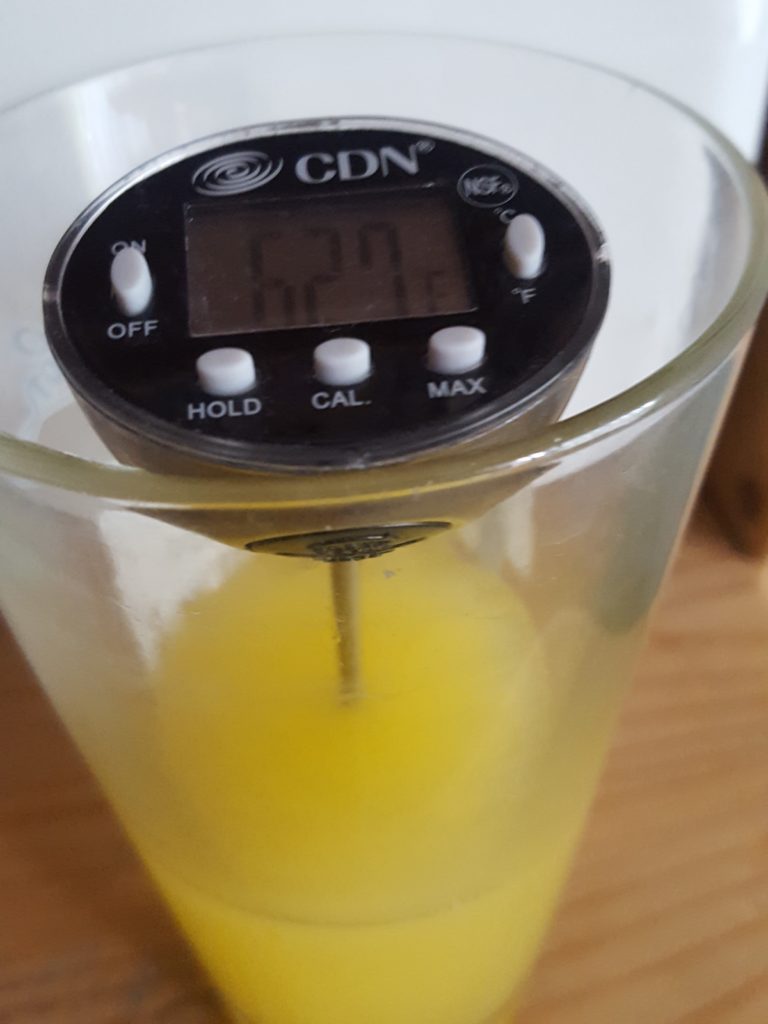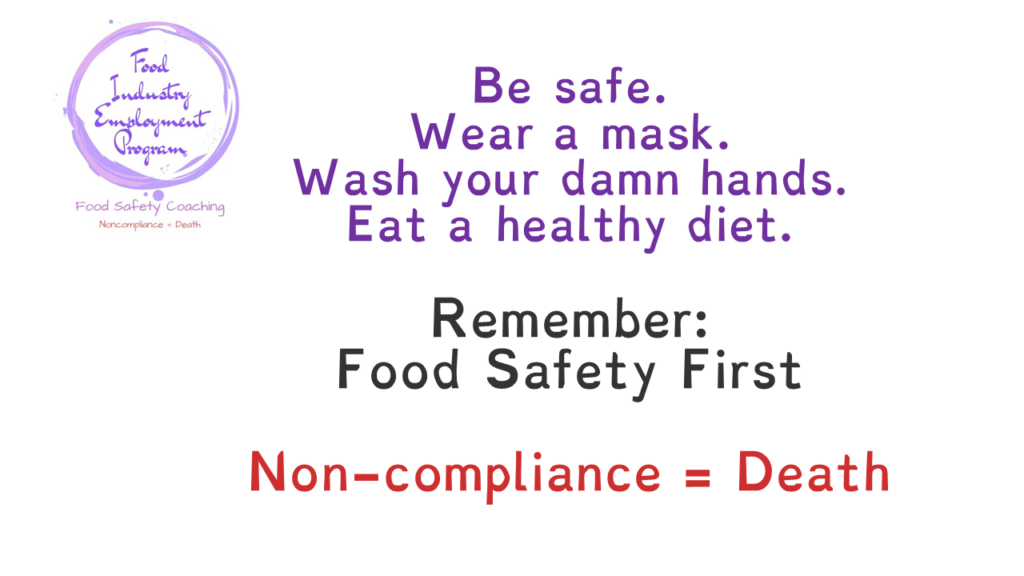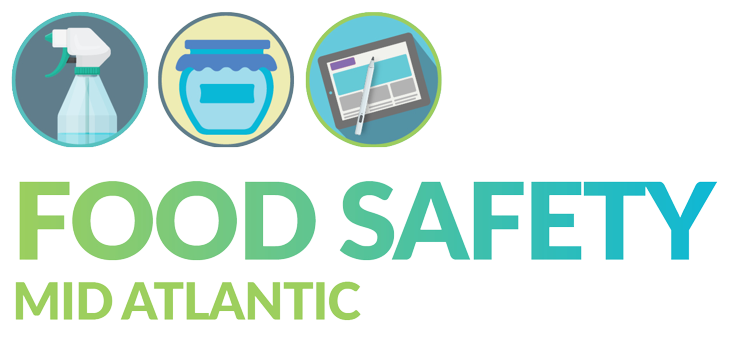
Keeping our consumers safe is one of the most important responsibilities of a food business. Whether you run a local restaurant or a multinational food business, I hope the last thing you want to do is to make your customer ill or worse.
In my last article I discussed the top five factors that the CDC considers the most important causes of foodborne illnesses. These risk factors apply to consumers as well as to food businesses.
The first CDC risk factors was “Holding at an Improper storage temperature”. What does that mean?
I call this food safety factor, the “keep hot food hot and cold food cold” rule.
Holding your food at an improper temperature means holding food in the temperature danger zone (40 to 140 F which is 5 to 60 C) for too long, (2 hours or more).. If you are making food to store for longer than 2 h, you must cool it down as food that is kept hot keeps cooking and the bacteria can keep growing. For the quality perspective, think about when you have put food in a oven to keep warm when your kids are late for dinner. It isn’t very attractive after an hour, is it?
Food manufacturers make sure that any food they heat to process is quickly cooled to refrigerated temperatures, below the danger zone. This need to cool quickly doesn’t apply to a hot fill process or an aseptic process because the kill step and the packaging ensure that no bacteria are present to grow as the food cools down through the danger zone. An example of a hot fill process might be bottled barbeque sauce or jams and jellies.
Other places in the production flow where the “holding at an improper temperature” might occur putting our consumers at risk in when we receive refrigerated or frozen product and when we thaw frozen ingredients. As responsible food processors, we monitor the temperature of food to make sure that it arrives cold or frozen and we make sure that food is thawed either slowly in a refrigerator or more quickly under running cold water. We follow the recommendations of how to cool hot food down and we don’t store high risk food in the danger zone.
Are you holding food at a proper temperature? If you are not 100% sure and you are not keeping records, you MUST book a call NOW so we can address this immediately. The health of your consumers and the survival of your business depends on you preparing food properly and keeping good records.


This is very helpful. Thank you for consistently putting out great content. I learn something every time I read your work.
Pingback: Poor Employee Health and Hygiene: CDC Foodborne Illness Risk Factor 4 – Food Industry Employment Program